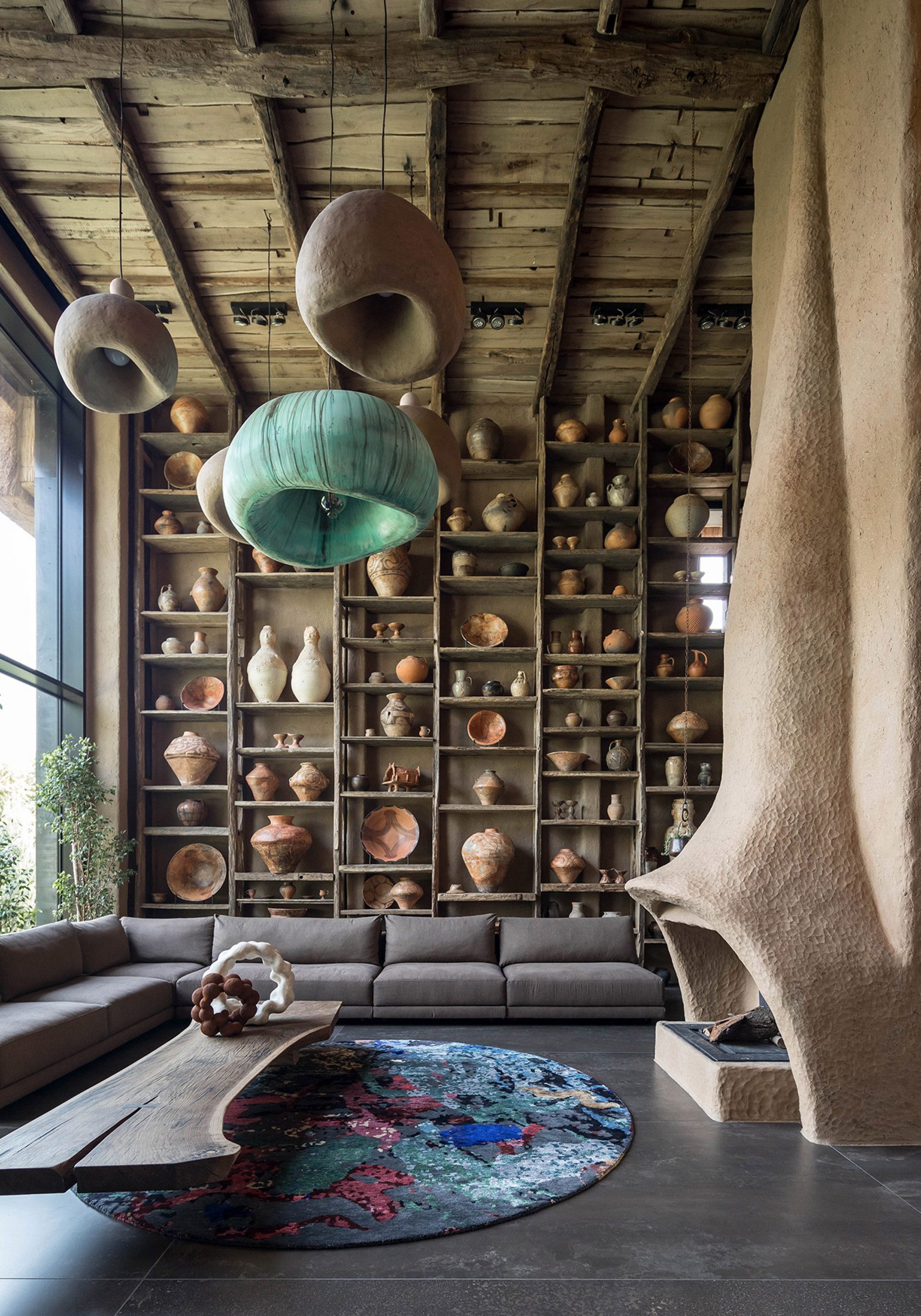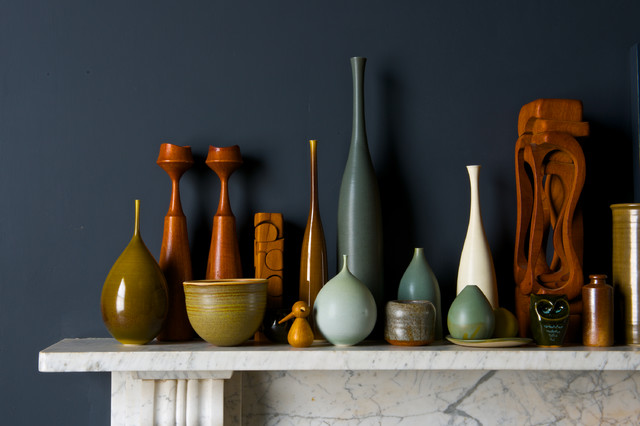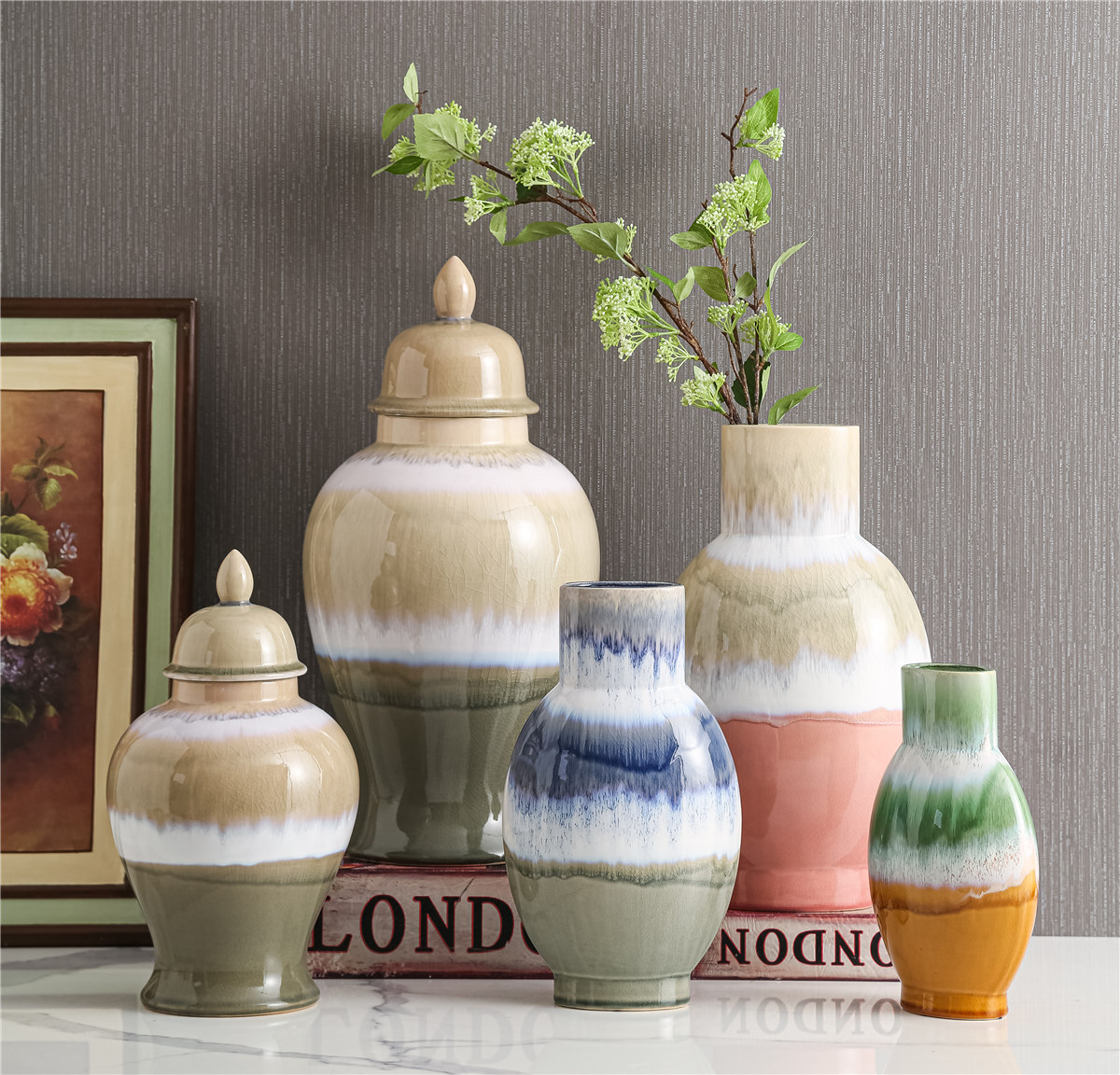Welcome to the beautiful world of ceramics! As someone who has spent countless weekends exploring local artisan markets and antique stores, I can assure you that ceramics can transform your home into a warm, inviting space. In this article, we’ll dive deep into the fascinating realm of ceramics home decoratives, exploring their types, uses, benefits, and tips for incorporating them into your home. So grab a cup of tea, and let’s explore the warmth and creativity ceramics can bring to your living space!
What Are Ceramics?
Ceramics encompass a wide range of products made from clay and other raw materials, which are shaped and then fired at high temperatures. This process gives ceramics their unique properties: durability, aesthetic appeal, and versatility. From decorative vases to functional kitchenware, ceramics play a vital role in modern home decor.
The Evolution of Ceramics in Home Decor
Historically, ceramics have been used for thousands of years, dating back to ancient civilizations. They served both functional and decorative purposes. Today, ceramics continue to evolve and adapt to contemporary design trends, making them a staple in home decor.
Types of Ceramic Decoratives
Ceramics can be broadly categorized into several types, each with unique characteristics. Here’s a closer look:
1. Earthenware
Earthenware is one of the oldest types of ceramics, known for its porous nature and rustic aesthetic. It is typically left unglazed or glazed with a low-fire process, resulting in soft, warm colors.
Pros and Cons of Earthenware
| Pros | Cons |
|---|---|
| Affordable | Not very durable |
| Unique, artisanal look | Can be porous if unglazed |

2. Stoneware
Stoneware is denser and more durable than earthenware, making it ideal for functional items like dinnerware. It is fired at high temperatures, resulting in a non-porous surface that can be glazed in various colors.
Pros and Cons of Stoneware
| Pros | Cons |
|---|---|
| Durable and resistant to chipping | Heavier than other ceramics |
| Great for everyday use | More expensive than earthenware |

3. Porcelain
Porcelain is the most refined type of ceramic, known for its strength and translucency. It’s often used for fine china and decorative pieces due to its elegant appearance.
Pros and Cons of Porcelain
| Pros | Cons |
|---|---|
| Highly durable and non-porous | Can be quite expensive |
| Elegant designs with fine details | Can chip easily if dropped |

Incorporating Ceramics into Your Home Decor
Now that we’ve covered the types of ceramics, let’s explore some creative ways to incorporate them into your home:
1. Statement Pieces
A large ceramic vase or an oversized bowl can serve as a stunning focal point in any room. Consider placing a colorful vase on a side table or a decorative bowl on your coffee table.

2. Functional Decor
Functional items, such as ceramic plates or mugs, not only serve a purpose but also add beauty to your kitchen or dining area. Choose unique pieces with interesting glazes or patterns to enhance visual appeal.
3. Wall Art
Don’t overlook ceramics as wall art! Hanging ceramic plates or 3D wall sculptures can add depth and character to your walls.

4. Seasonal Decor
Switch out your ceramic decor seasonally. For instance, use warm earthy tones in the fall and vibrant colors in the spring to refresh your space.
Choosing the Right Ceramics for Your Space
When selecting ceramics for your home, consider the following factors:

1. Style and Theme
Choose ceramics that complement your existing decor. Whether your style is modern, rustic, or eclectic, there’s a ceramic piece that will fit right in.
2. Color Palette
Consider the colors in your space. Opt for ceramics that either match or contrast beautifully with your existing color scheme.

3. Size and Scale
Be mindful of the size and scale of your ceramic pieces. A tiny decorative object may get lost on a large shelf, while an oversized piece can overwhelm a small space.
Care and Maintenance of Ceramic Decoratives
Taking care of your ceramics is essential to keep them looking their best. Here are some tips:
Cleaning Ceramics
Most ceramics can be cleaned with mild soap and water. Avoid abrasive sponges that can scratch the surface. For intricate designs, use a soft toothbrush.
Storing Ceramics
Store ceramics in a safe, dry place. If stacking, place a soft cloth between pieces to prevent chipping.
Pros and Cons of Using Ceramics in Home Decor
Pros
- Versatile in design and functionality
- Available in a range of styles and colors
- Durable and long-lasting
- Provides a warm, inviting atmosphere
Cons
- Can be prone to chipping if not handled carefully
- Some types can be expensive
- Heavy ceramic pieces may require sturdy surfaces
FAQs About Ceramics Home Decoratives
What are the most popular styles of ceramic home decor?
The most popular styles include modern minimalist, rustic farmhouse, and eclectic bohemian designs, each showcasing the versatility of ceramics.
Are ceramic decoratives safe for food use?
Most ceramics are safe for food use, especially stoneware and porcelain. Always check for food-safe labels to ensure safety.
How do I know if my ceramic is vintage or antique?
To identify vintage or antique ceramics, look for stamps, marks, or signatures on the bottom. Research the manufacturer and styles to determine age.
Can I use ceramics outdoors?
Some ceramics are suitable for outdoor use, but ensure they are durable and weather-resistant to prevent damage from the elements.
Final Thoughts
Ceramics can add a unique touch to your home decor, blending functionality with art. Whether you choose simple earthenware or elegant porcelain, the beauty and warmth ceramics bring to a space are unmatched. As you explore your options, let your personal style shine through and enjoy the journey!
Conclusion
Incorporating ceramics into your home decor is a wonderful way to express your style, add warmth, and create a welcoming atmosphere. With a myriad of options available, you’re sure to find pieces that resonate with you and your home. Happy decorating!